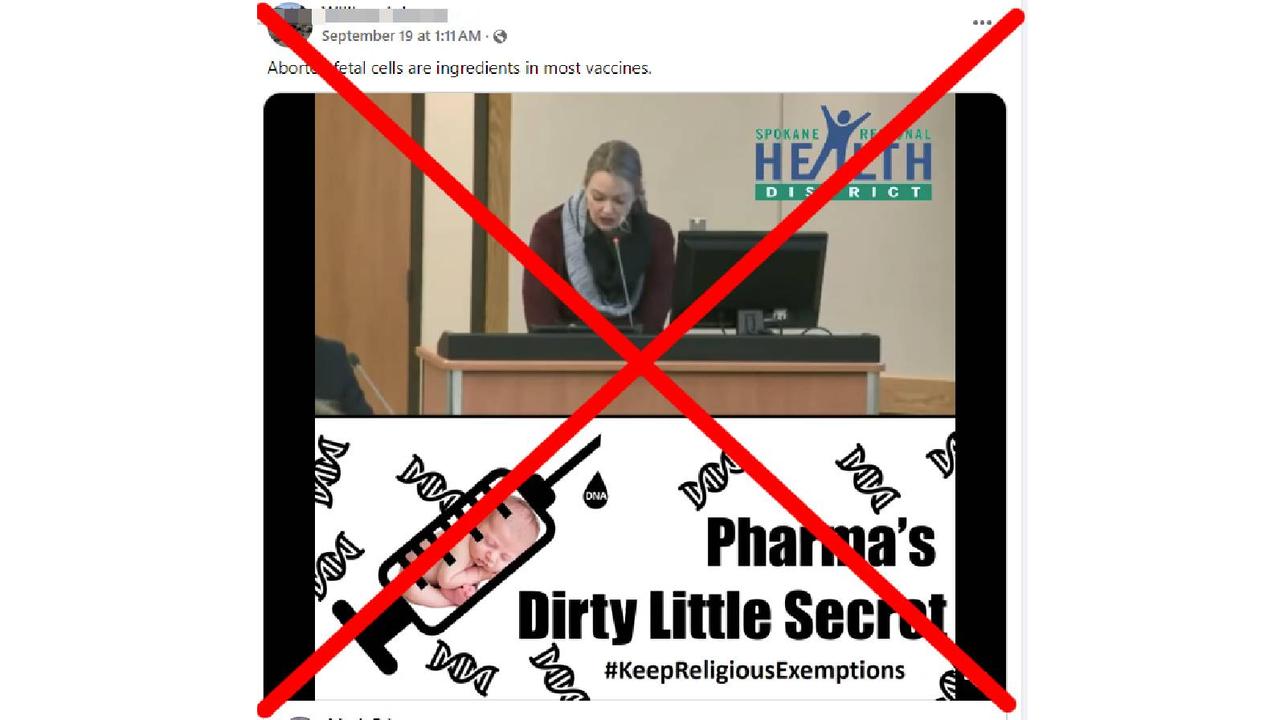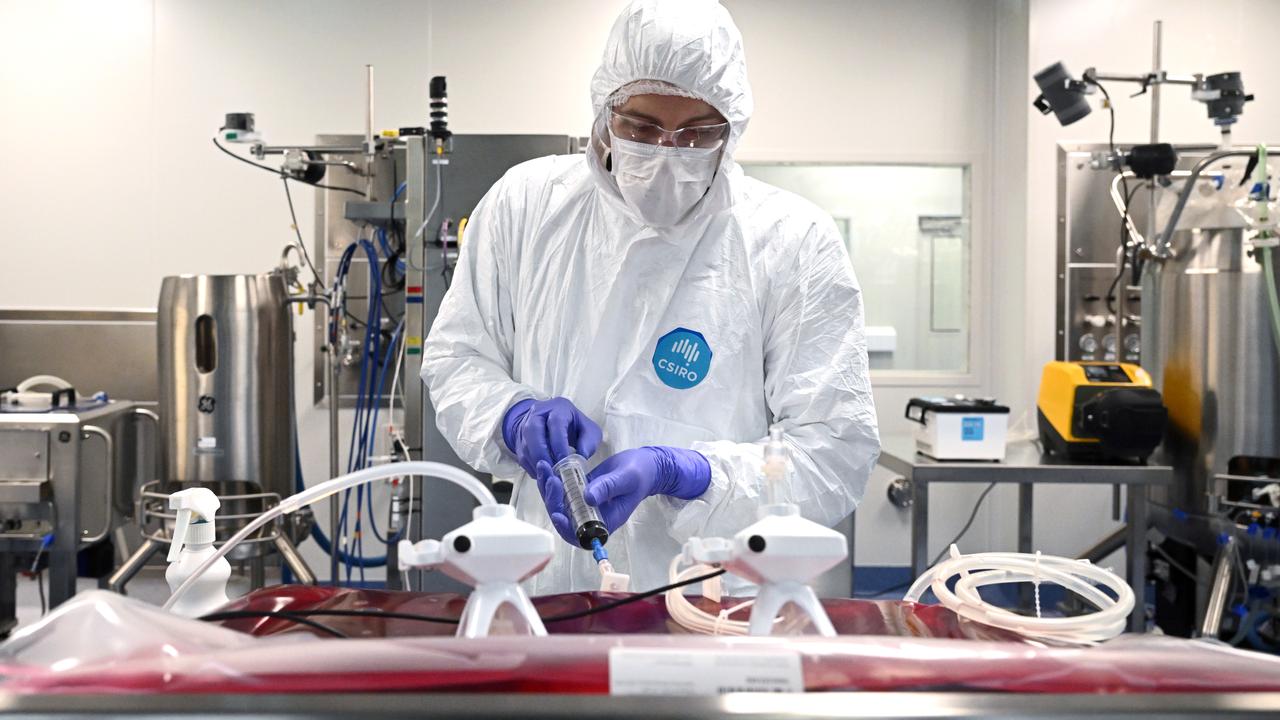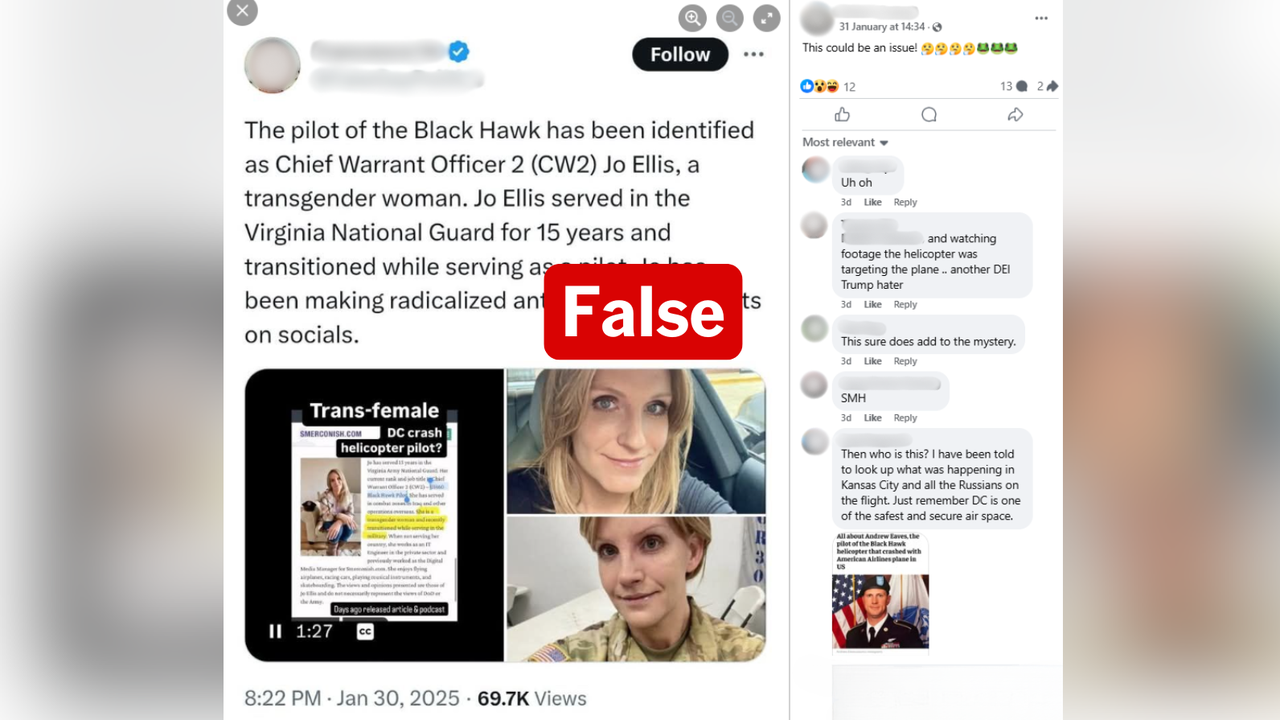WHAT WAS CLAIMED
Vaccines including chickenpox, MMR and hepatitis contain aborted fetal cells and DNA.
OUR VERDICT
False. Vaccines are developed using human cell lines but no fetal tissue ends up in the vaccines.
AAP FACTCHECK - Some of the world's most commonly used vaccines contain aborted fetal tissue, DNA and cells, social media posts claim.
This is false. While the vaccines were developed using human cell lines, there are no fetal cells, tissue or DNA in the finished product.
Facebook posts list common vaccines, including for hepatitis, rabies, chickenpox, shingles, polio and measles mumps and rubella (MMR), and claim they contain tissue, DNA, and cells from aborted fetuses.
"Human DNA from aborted fetal tissue is in vaccines," an image posted on Facebook reads.
"Aborted fetal cells are ingredients in most vaccines," another post reads.

Similar claims were made about the AstraZeneca COVID-19 vaccine which AAP FactCheck debunked in January 2024.
Experts said the claim was also false for the other vaccines.
Vaccinologist Helen Petousis-Harris, from the University of Auckland, described the claim as a myth.
She said the misunderstanding came from the fact that some vaccines were developed using historical cell lines derived from two elective abortions in the 1960s.
She said cells from those lines have been replicated in labs for decades, creating a tool in which to grow the viruses needed for vaccines.

"In vaccine development, certain viruses are grown in specific cell lines because these cells provide a suitable environment for the virus to replicate," Associate Professor Petousis-Harris told AAP FactCheck.
"The viruses are later harvested from the cell lines, and the vaccines are purified to remove any residual cells, ensuring they don't end up in the final product.
"The vaccines themselves are completely free of human tissue or cells."
Associate Professor Paul Griffin, director of infectious diseases at Mater Health Services, said the propagation of existing cell lines meant any product, including vaccines, that relied on human cells did not require new abortions.
"While it is therefore true that human cells (or cells of human origin) are used in the manufacture of these vaccines, these are grown in the lab and have been done so for a very long period of time," he said.
"The actual vaccines however do not include any of these cells hence there are no human aborted foetus tissues or cells in them."
The ability to use these cells to make vaccines and other products had undoubtedly improved and saved countless lives, Assoc Prof Griffin added.
The University of Sydney's Professor Julie Leask, a social researcher who specialises in vaccination and vaccine hesitancy, said that vaccines including those for chickenpox, rubella and rabies do not contain DNA.
"The DNA from these fetal cells is no longer recognisable as human DNA because the process of growing the viruses kills the cells and the vaccine virus is purified which breaks down the cellular DNA."
She added that the Vatican considered religious concerns about using cell lines from electively aborted fetuses in 2005, concluding that despite its lack of moral acceptability, such vaccines could be used in the absence of a suitable alternative.
The Verdict
False – The claim is inaccurate.
AAP FactCheck is an accredited member of the International Fact-Checking Network. To keep up with our latest fact checks, follow us on Facebook, Twitter and Instagram.












